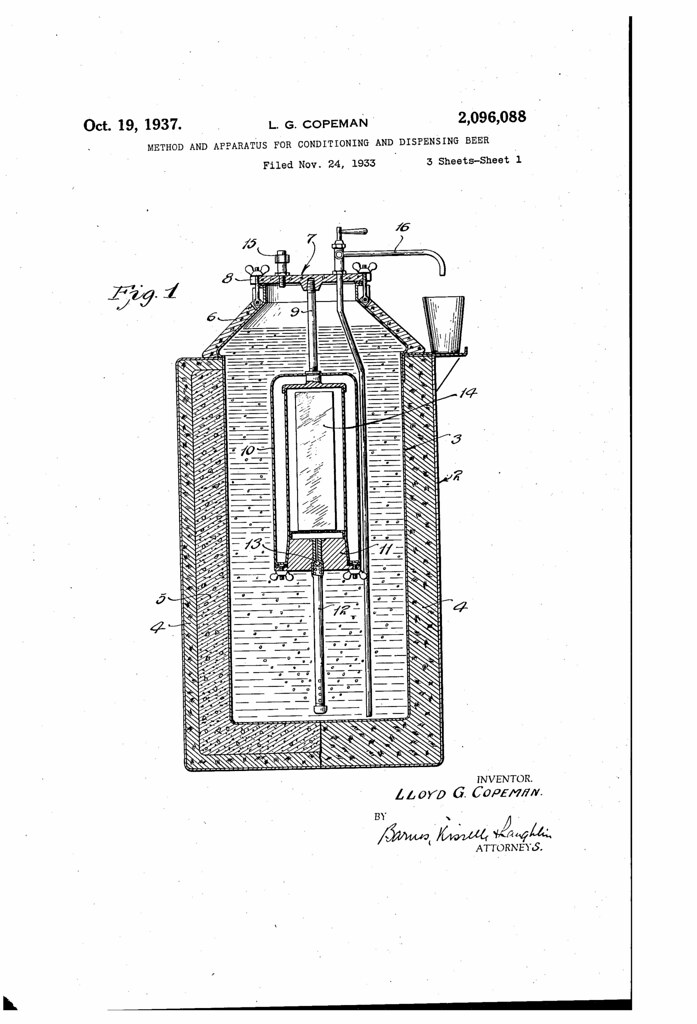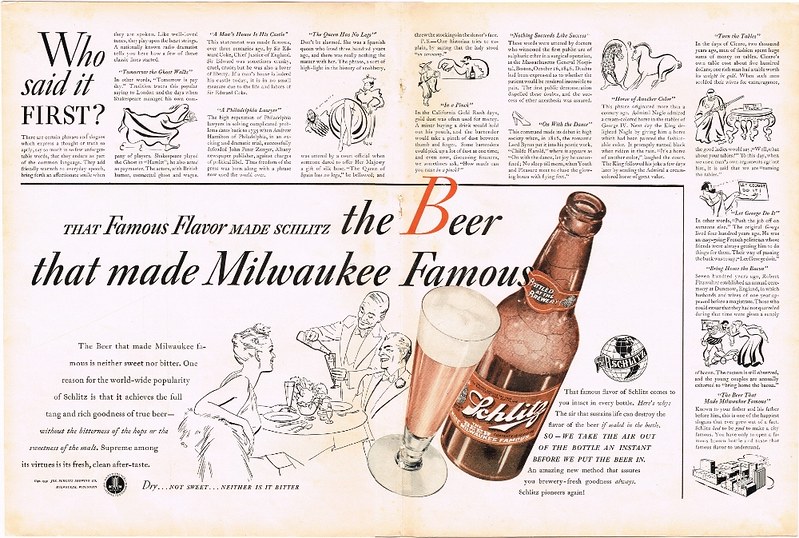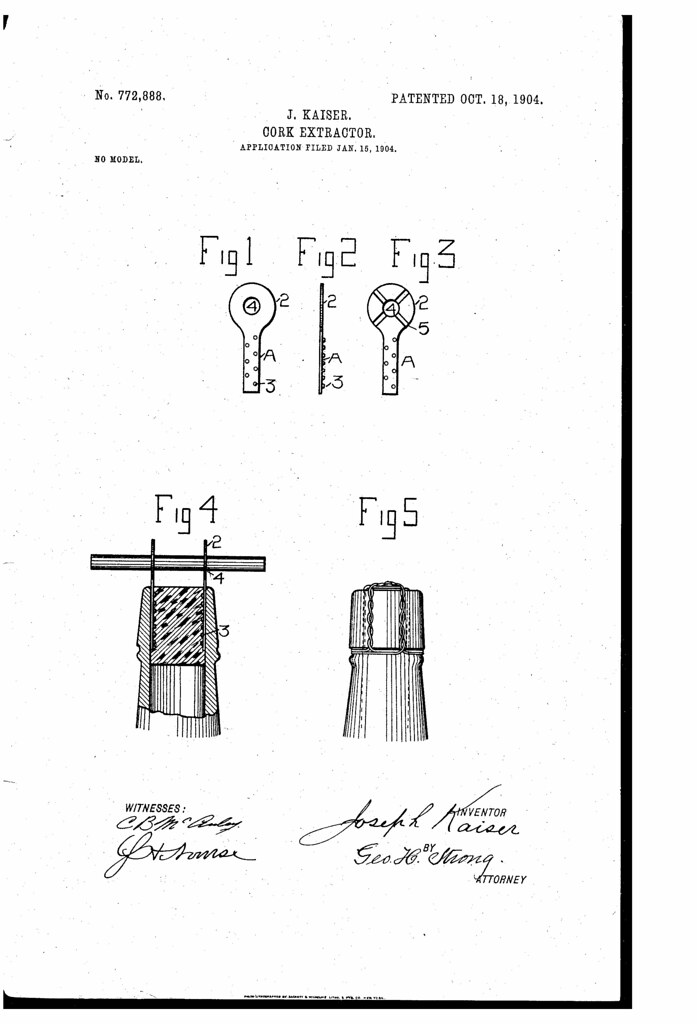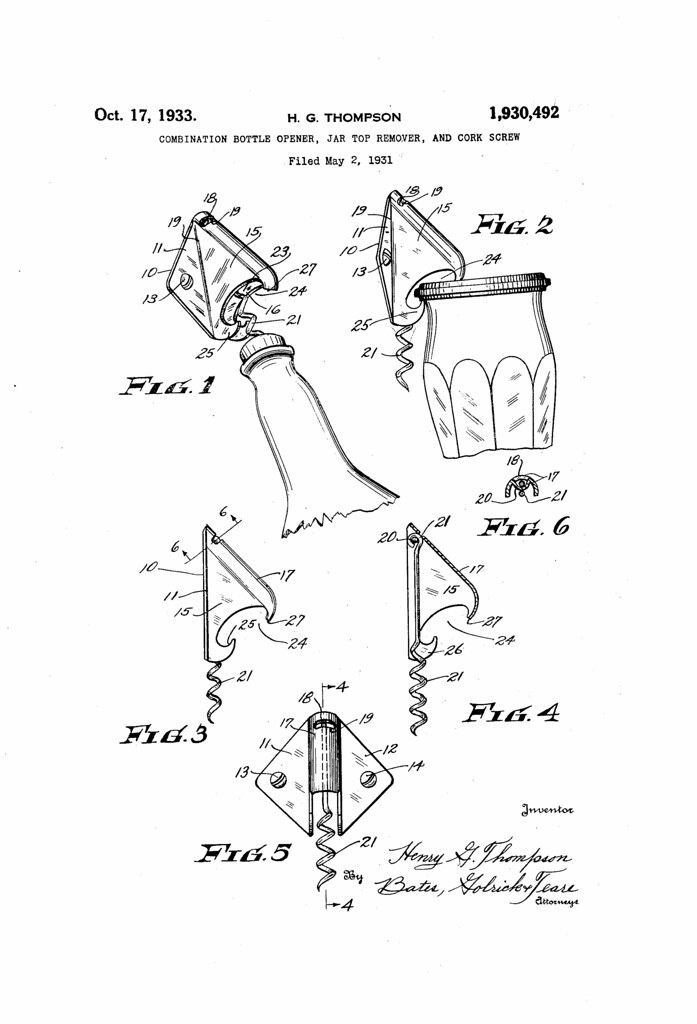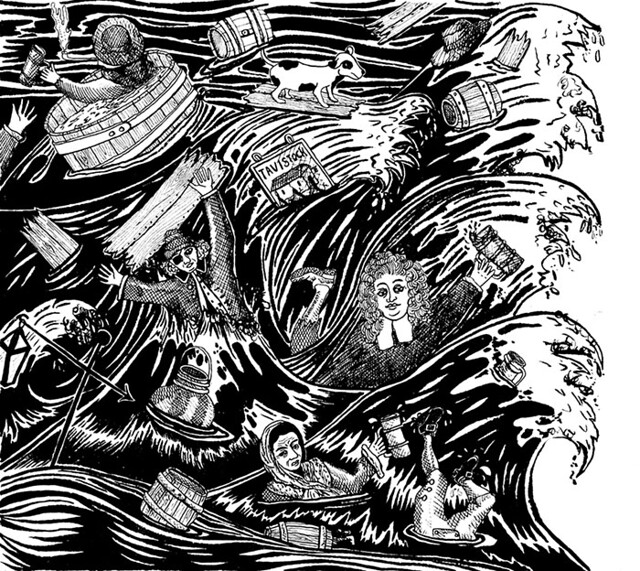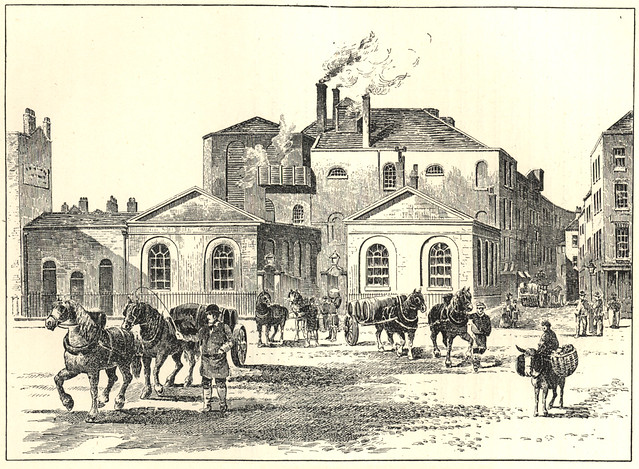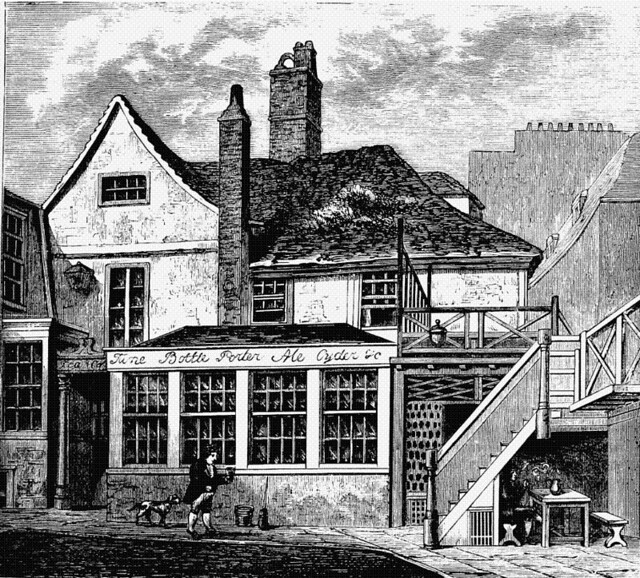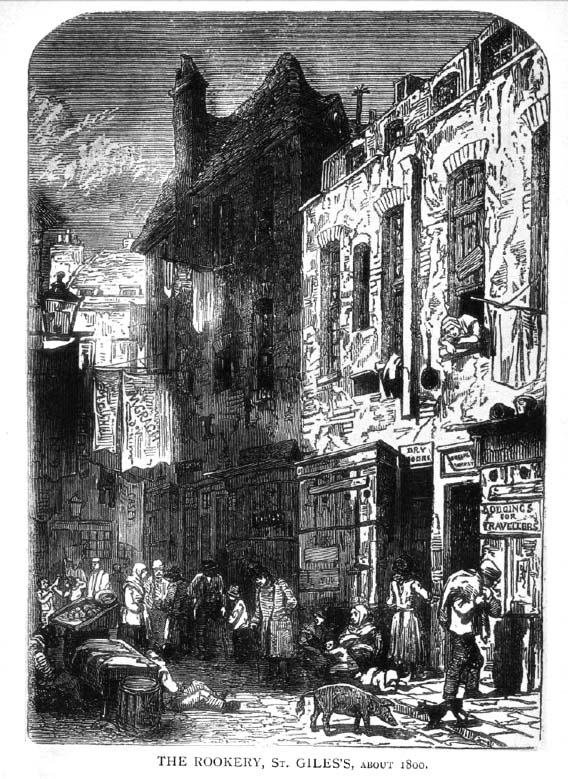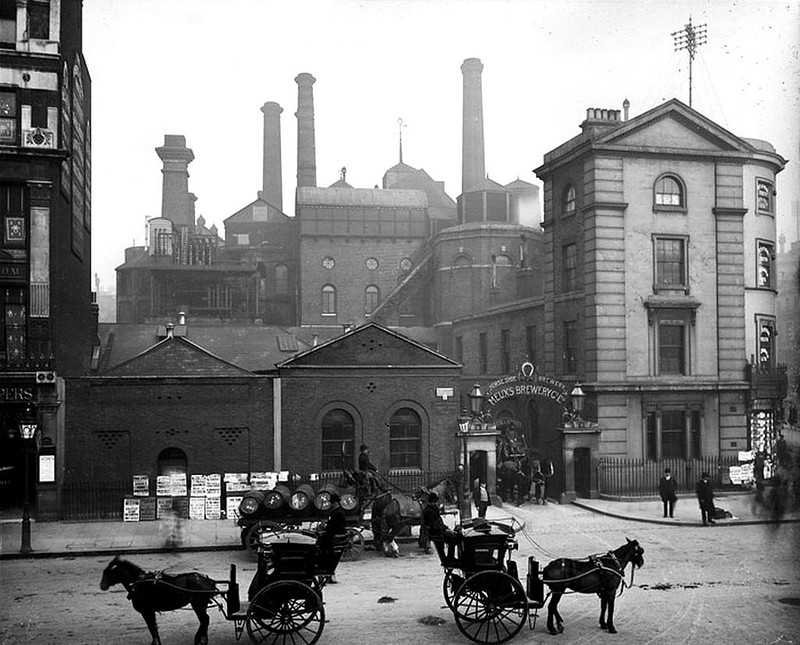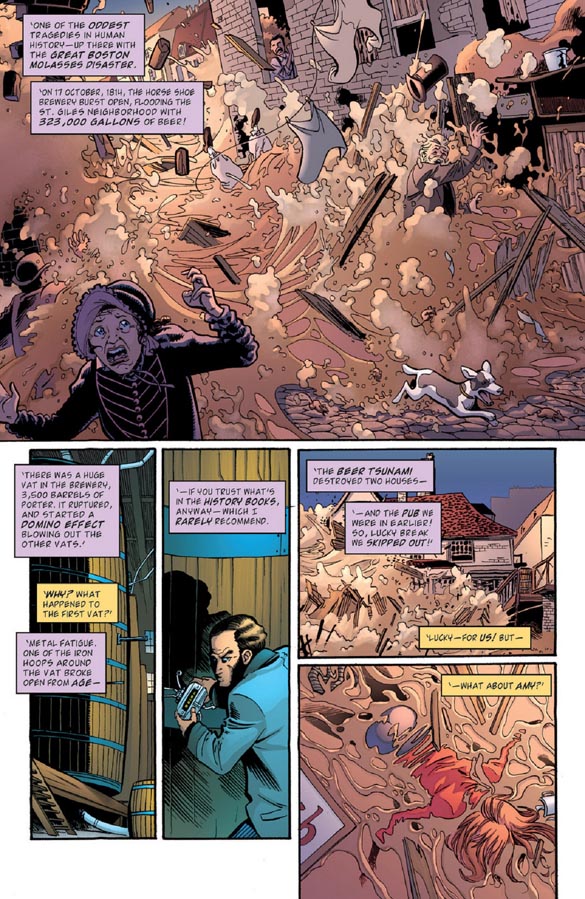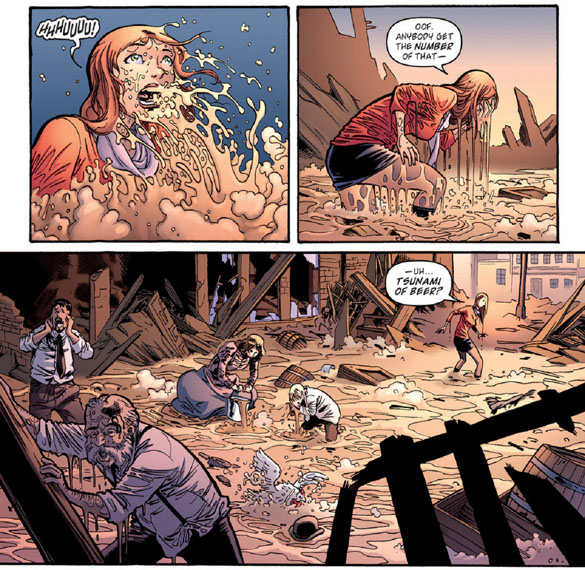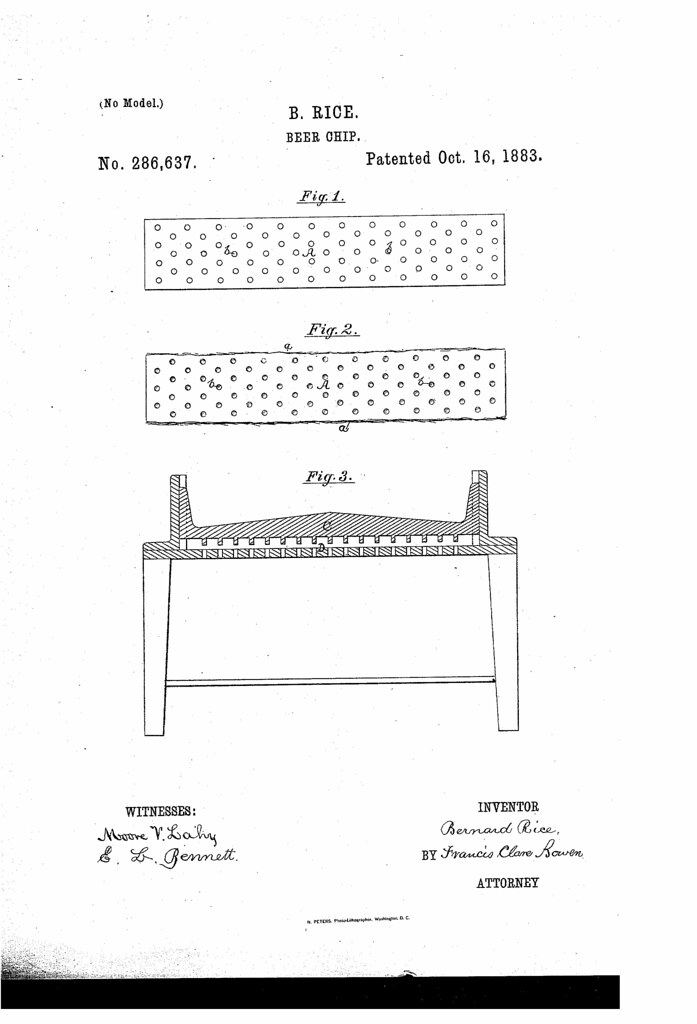
Today in 1937, US Patent 2096088 A was issued, an invention of Lioyd G. Copeman, for his “Method and Apparatus For Conditioning and Dispensing Beer.” There’s no Abstract, although in the description it includes these claims:
This invention relates to a method and apparatus for conditioning and dispensing beer, and has to do particularly with beer conditioning and dispensing apparatus of the portable type.
One of the main objects of the present invention resides in the use of solidified CO2 as a cooling and conditioning medium. A further feature of the invention has to do with the immersion of beer conditioning and dispensing means directly in the beer itself, but in such a manner that the beer is not cooled below normal palatable temperature; in the preferred form the beer is even pre-cooled before being placed in the container whereby the main function of the-immersed means is to condition the beer and to some extent maintain the same in its cooled condition.
Other features have to do with wall structure for separating the solid CO2 from the liquid and having a predetermined insulating effect whereby heat transfer will be so retarded as to keep the beer above its minimum palatable temperature.
Other features include the general structure of the portable container and also details of regulable conducting means for varying temperature of the liquid, as-will be more clearly set forth in the specification and claims.
